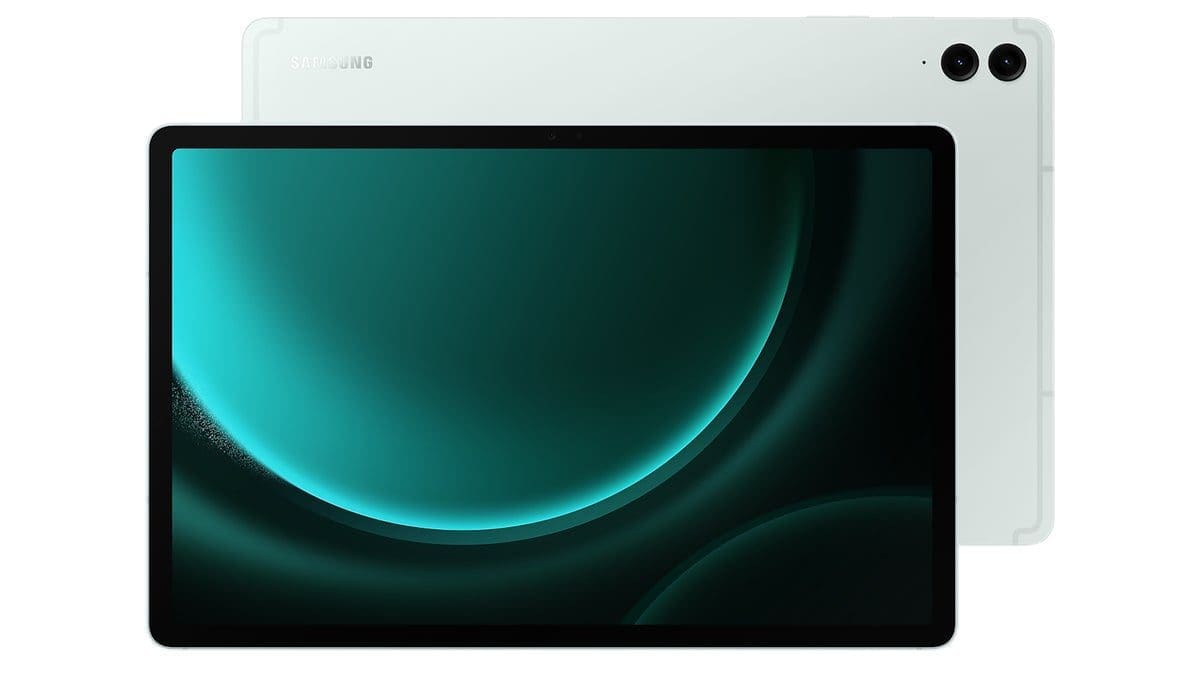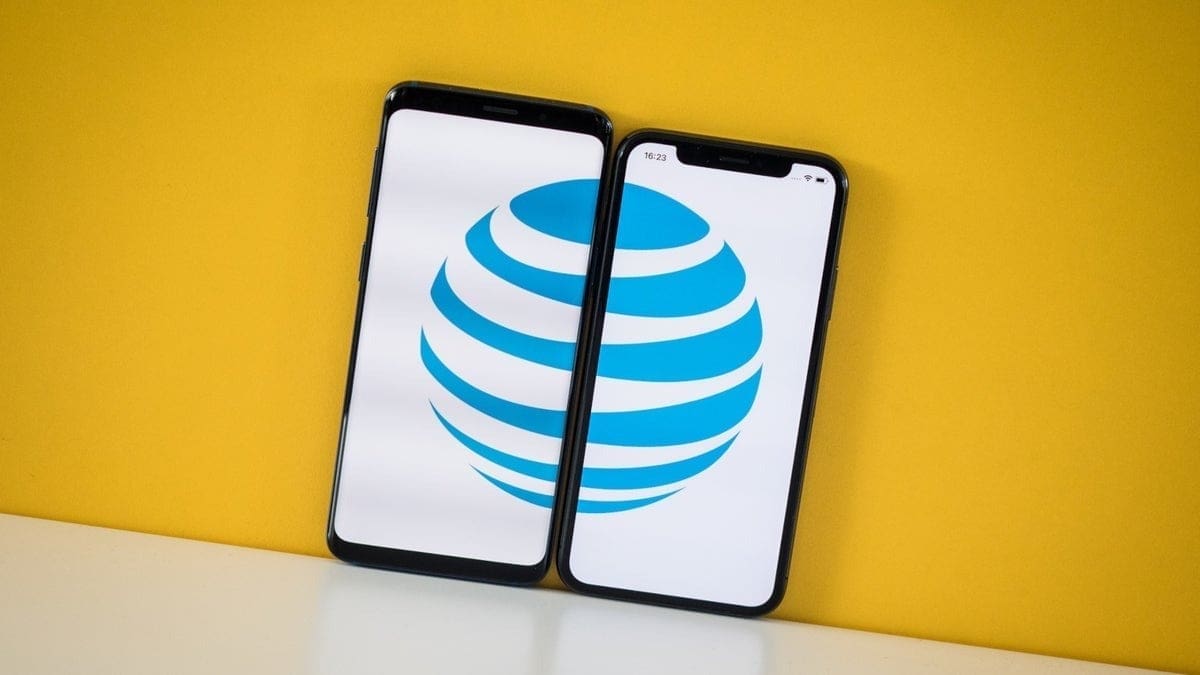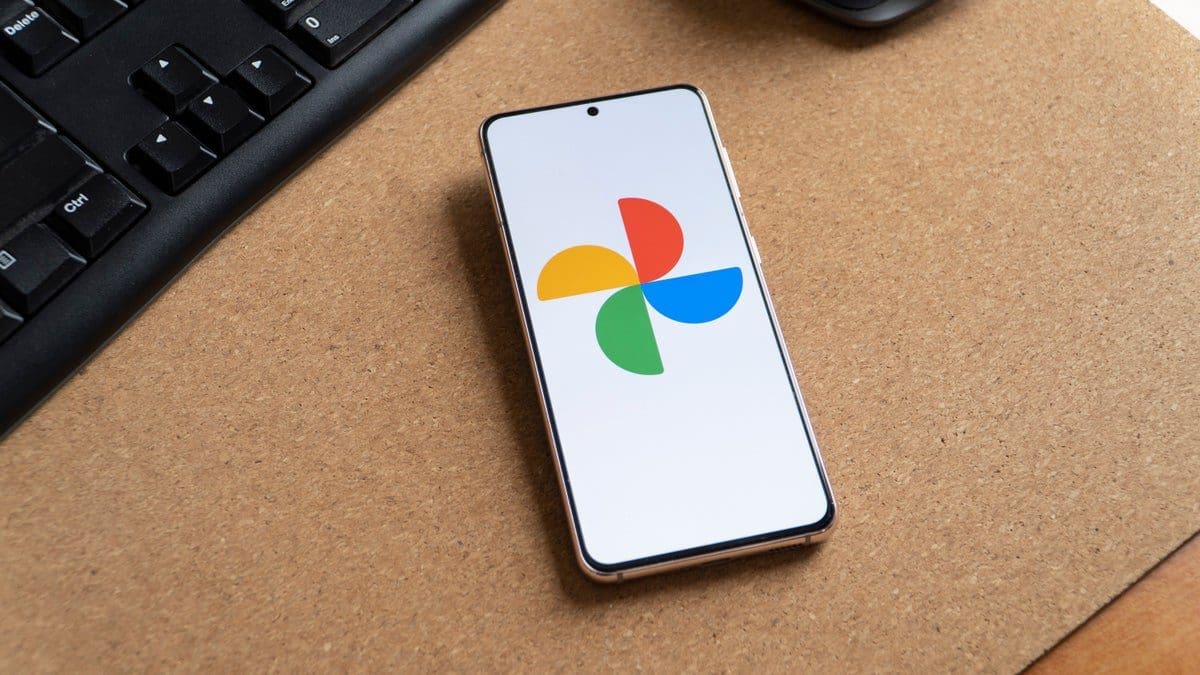What is Wi-Fi 7?
While the world was busy slowly adopting Wi-Fi 6 and Wi-Fi 6E, the Wi-Fi Alliance unveiled Wi-Fi 7! It’s the next big thing in wireless data transfer and has the potential to get us rid of the annoying cables once and for all.
What is Wi-Fi 7? How is it different from Wi-Fi 6 and Wi-Fi 6E? What benefits does it bring? What do you need to get Wi-Fi 7, and when will it be available? All valid questions that we will try to address in the next few paragraphs.
Wi-Fi 7 benefits compared to Wi-Fi 6 and Wi-Fi 5
Wi-Fi 7 is the last generation (seventh) of the standard for wireless data transfer and offers substantial upgrades and benefits over the previous generation of Wi-Fi standards. It’s much faster, can transmit data to more devices simultaneously, and has much lower latency. Let’s dive deep into some numbers.
Image source TP-Link
Another big plus is the 16×16 MU-MIMO technology, which increases the number of spatial channels to 16. In layman terms, Wi-Fi 7 is able to transfer data to 16 devices simultaneously.
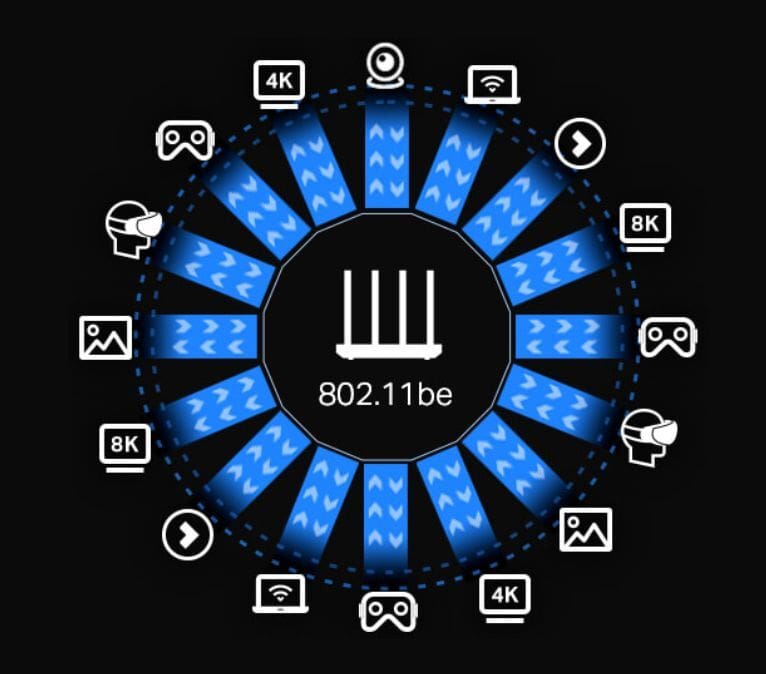 Image source TP-Link
Image source TP-Link
Last but not least, Wi-Fi 7 uses multi-channels even when transferring data to a single device. The standard utilizes all three frequencies (2.4 GHz, 5 GHz, and 6 GHz), and that results in lower latency (100x lower compared to Wi-Fi 6), better stability, and higher reliability.
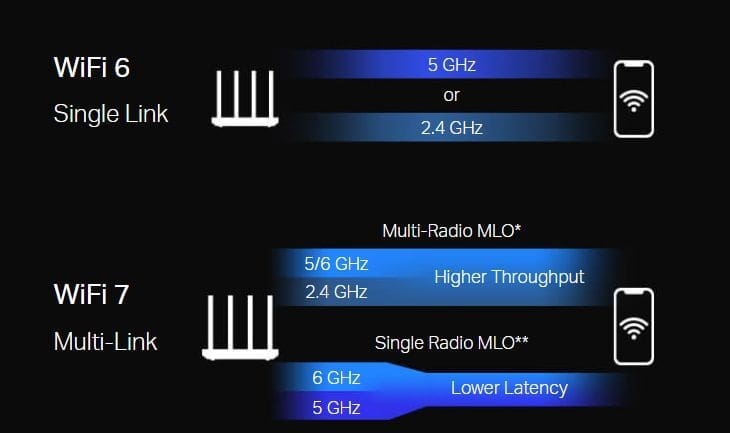 Image source TP-Link
Image source TP-Link
Wi-Fi 7 potential applications

What does all that mean in practice? Wi-Fi 7 will open new possibilities in every area that depends on wireless data transfer. AR/VR is one such example. These headsets need a lot of data to run between the headset and the processing unit (which could be off the headset, saving weight and making things much more comfortable).With the help of Wi-Fi 7, you will be able to stream 4K and 8K video data with no lag or stutter. The lower latency will also allow gamers to play competitively over wireless connections and boost the mobile game industry in the long run.
What do I need to get Wi-Fi 7 running?
 Wi-Fi 7 Routers are already in stores
Wi-Fi 7 Routers are already in stores
You need a Wi-Fi 7 router, and all other gadgets that would connect to the router must support Wi-Fi 7 to get all the benefits of the standard. Fret not, Wi-Fi 7 routers are already in stores, and even though there aren’t many devices that support the standard now, the routers are backward compatible, meaning they will work with all your Wi-Fi 6 or Wi-Fi 5 devices.
Do I really need Wi-Fi 7?
Another solid question. And the answer, as always, is “it depends.” If you already have a Wi-Fi 6 router and don’t need super-fast speeds or 16 separate connections to different devices, then probably not.
On the other hand, if your home is smart or your setup is wireless, meaning you watch 4K streams, play competitively on your laptop, use several smartphones connected to the Wi-Fi in your household, and have multiple devices that require fast wireless connection, then you will greatly benefit from switching to Wi-Fi 7.



